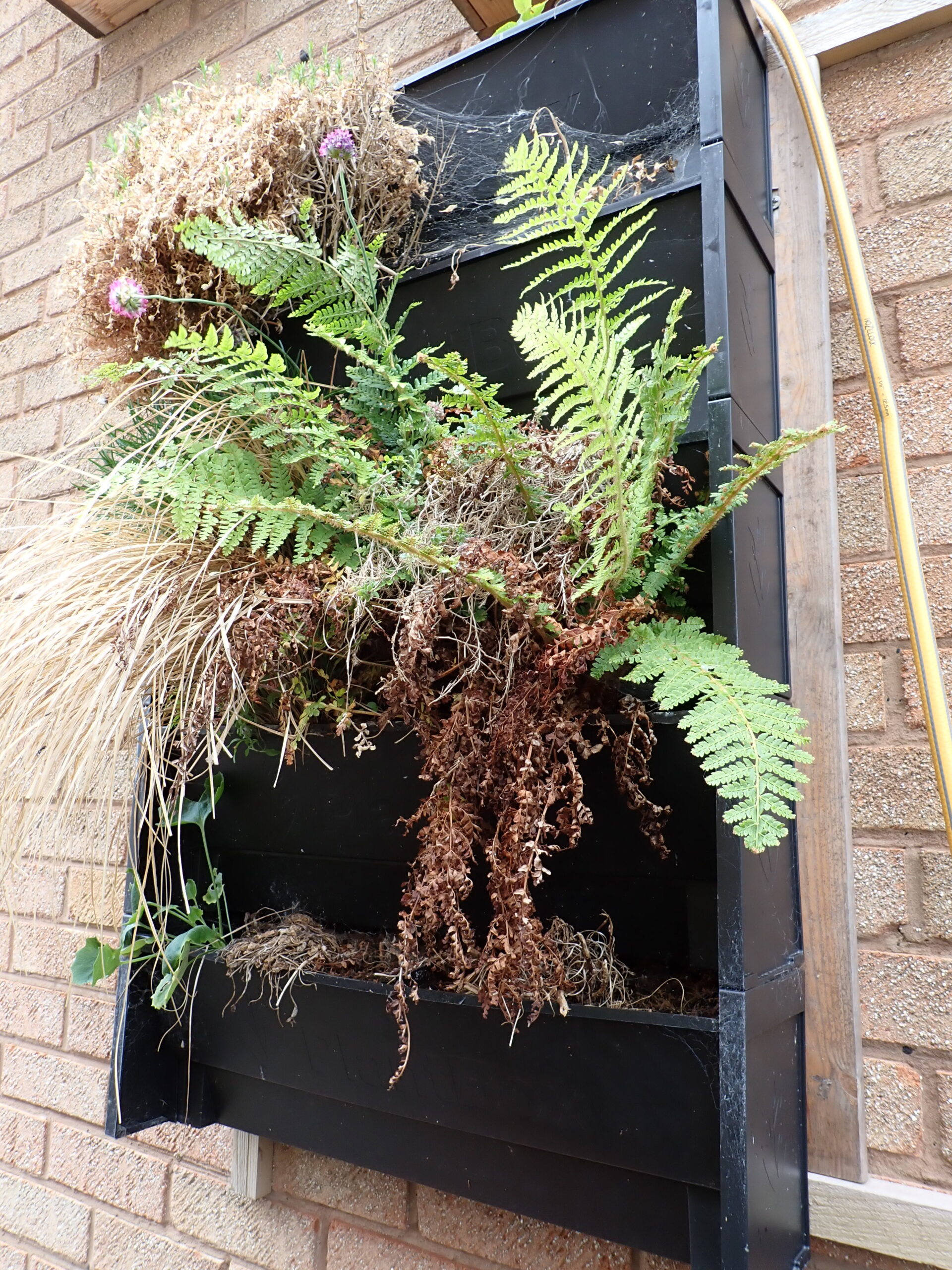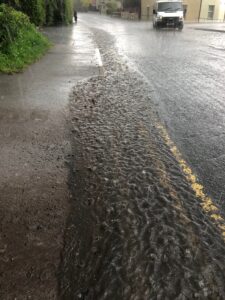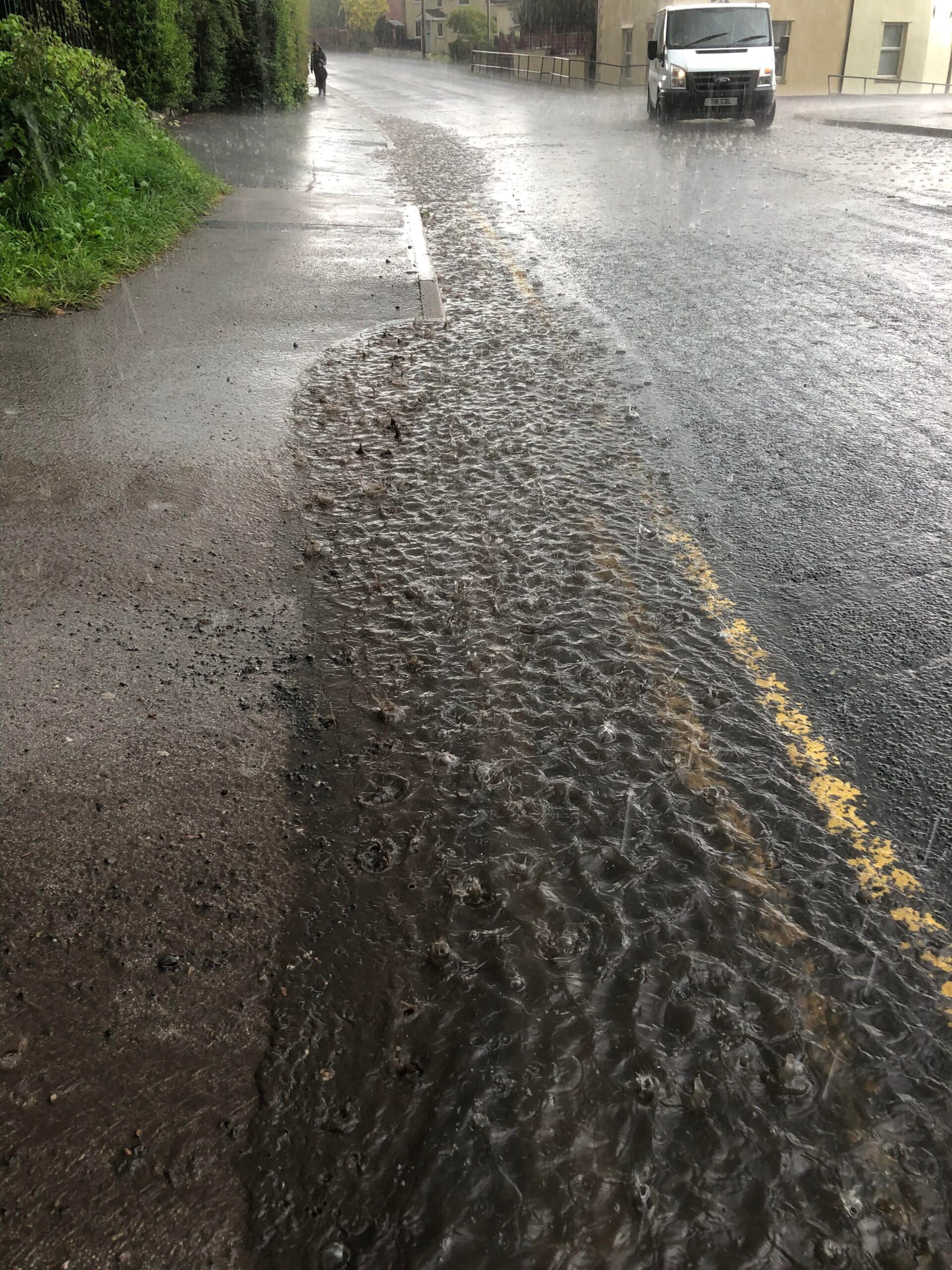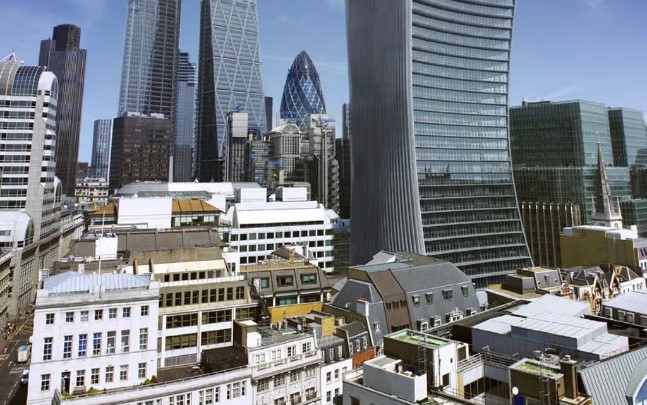I was in Brighton this week for a conference on water management and I came across an excellent green wall at the back of my hotel. It was excellent because it was thriving, despite the hot, dry weather that we’ve had for 5 weeks, and it was alive with small birds bobbing in and out of the vegetation. I was surprised to see it looking so good after all this dry weather so I went to investigate.
It was interesting to see that the wall is rooted in the ground, with well-established root structures which explained its reliance to the drought.
It was adjacent to the Brighton Greenway so there was a network of habitats for wildlife in the whole area and it was alive with small birds, which was lovely to see and hear.

Nearby there was another green wall, rooted in small metal pots that was not doing very well at all, although it may recover when it rains.
The ambition for this green wall was good, with metal fretwork going all the way up the wall to support the plant growth, but I worry that if the plants aren’t watered more frequently, they’ll never reach their potential. I couldn’t see any evidence of a downpipe or drainpipe being connected into the troughs which was a shame.
Because of the proximity of the Brighton Greenway and the other green wall, if this one can be encouraged to thrive, it will really contribute to the wider environment.

I have a small green wall at home too, which has troughs below the planters to create a water supply that ‘wicks’ up into the soil using fabric wicks. This is the second green wall that I have planted as the first was made of felt pockets and simply would not retain water at all. The new one is difficult to manage too. Because it is so close to the wall, it receives very little rainfall and even in the winter, I have to water it frequently. Even so, most of the plants have failed and it has become more of a bug-hotel!
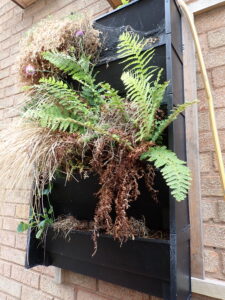
I try to use as little tap-water at home as I can so I try to water the green wall using shower/bath water via a hose out of the bathroom window but this is tiresome and time-consuming. I am considering giving up on the green wall altogether. It has become unsightly and if I cannot find an easier way to keep it healthy, it will be more trouble than it is worth.
When we are designing SuDS and urban landscapes, does it make sense to include green walls in designs? What do you think?
I think that green walls are magnificent; they create a dense, deep habitat for bird nesting and roosting, for insects to feed and lay eggs, and for flowers to grow to feed the flying insects. They add depth to the urban wildlife habitats, and create linkage between the ground and the tops of the trees. But they are thirsty, and they get very little rainfall on their small soil surfaces. If we are to include them, they need active and reliable irrigation which should rely on captured rainwater for as much of the year as possible. When the building has a large roof, it should be easy enough to direct some or all of the rainwater into the green wall, and to store water for irrigation in the summer. But, as with all drainage infrastructure, a green wall comes with responsibility, and the owners or operators must make a commitment to keep the irrigation going and to undertake the necessary maintenance. These devices can be magnificent but they need a helping hand.

